The Olympus mju-ii feels like a bit of a mountain to climb in terms of giving it a review. Not for it’s feature set or for how complex it is use. It is in fact a very simple camera with few features. But more for the fact that it has such a massive following and that is despite a few unavoidable shortcomings. Many people actually consider the Olympus mju-ii as the ultimate 35mm compact “point and shoot” camera! I’m going to give you my thoughts on that point of view… And hopefully clarify, in my opinion, why people feel such fondness for this cheap plasticky little camera.
Edit: Since writing this post in 2013, I have updated it with a follow-up post. If you would like my full opinion of the Olympus mju-ii, please read on, then read the follow-up here
I can’t count the amount of times I have been reading forum threads, seen conversations on twitter etc where someone has asked “I’m looking for a 35mm compact camera…” And the obvious answer has been “Olympus mju-ii”. It seems many people looking to dip a toe into 35mmc shooting have similar priorities:
Small/compact/lightweight/easy to pocket -The Olympus mju-ii is arguably one of, if not the smallest and lightest going!
Inexpensive – it can be had for £20-£50.
Good lens – There is no doubting the mju-ii has a good lens! It’s 35mm which is probably the first choice for most people when looking at a fixed lens compact… and it has a f2.8 max aperture; excluding a few expensive or much larger cameras that’s as fast as they come anyway. It’s as sharp as anyone could ever need and it even focuses down to 35cm.
AE/AF – Both, from experience, fairly capable! (For most purposes anyway, more on that in a mo)
Easy to use – It has 3 buttons and a sliding lens door… It’s fairly self explanatory, especially when coming from pretty much any other camera. My iPhone has more camera features than a mju-ii I think!
Easy to come by – There is something like 3.5 million of these things knocking about people’s draws, charity shops and eBay so fairly easy to come by. Just be quick as Troy is buying them at some rate it seems.
It fits the above criteria arguably better than any other 35mm p&s camera, and that really is what makes it so hard not to recommend! If asked the question, I recommend it my self!
I walked this very path my self! Some years ago I decided I wanted to have a compact film camera, I was sick of digital compacts and how crappy they were at the time! A little research and reading online lead me to enough people saying exactly the same as the above. A little more reading and you find out it has up to 3200iso dx reading a 1-17ev meter and is weatherproof!!
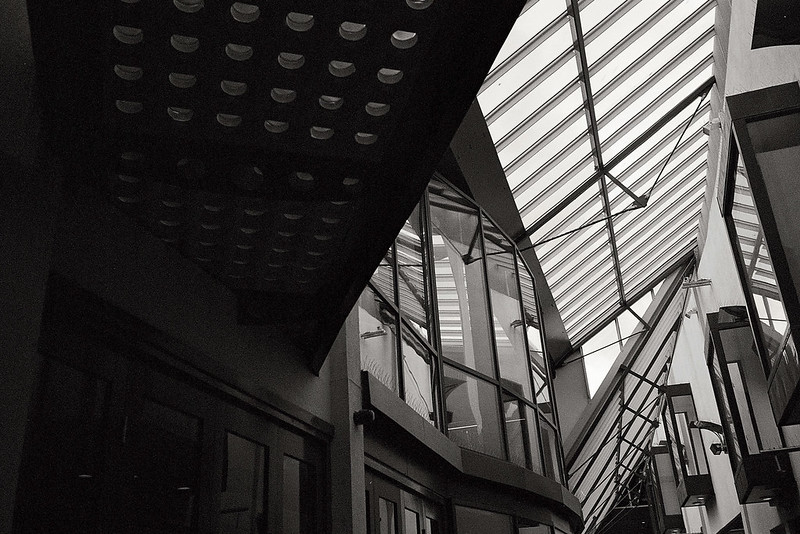
And there is more to it than even that if we level the playing field a little! The mju-ii is most accurately classified as a point and shoot (P&S) camera… To be slightly awkward I would differentiate it from the likes of the Ricoh GR1, Fuji Klasse, Contax T’s et al. I prefer to refer to them as “Advanced 35mm Compacts”, point and shoot just doesn’t do them justice. Put the mju-ii up against them, feature wise at very least, and it falls short! The price tag alone of those cameras puts them in a different league anyway. So with those out of the equation we are left with just the vast array of 35mm compact point & shoot fixed, fast(ish) lensed AF/AE cameras for comparison.
So how does it compare? Well, the viewfinder is quite small, and it doesn’t provide full coverage. I don’t really find this a problem. I frame with the viewfinder, if I get more than I counted on I can crop if I want. I often crop to straighten or correct perspective a bit anyway, so a bit of extra frame is fine in my books… Just be conscious of the fact that one of the compromises the Olympus mju-ii has is a VF that’s a bit like looking through a keyhole. (It should be pointed out though, it’s no smaller than the Yashica T5’s vf which is a much bigger camera.) There is also zero info in the viewfinder other than the green focus confirmation light and an orange light to tell you the flash will be used. The green light flashes if focus can’t be found … and that, bar some parallax lines is it!
Focusing sometimes feels a little hit and miss! You aim with a cross hair of sorts… Precise focusing takes a little practice and some level of luck. When the green led in the vf lights up, the Olympus mju-ii is focused and locked; reframe if required and shoot. It’s probably fair to say that most AF cameras move the lens at the point of focusing ie before full press of the button. With the mju-ii the mechanism of focusing the lens is separate from the act of gathering distance information. What I mean by this is that when you half press the button and the green light illuminates don’t expect the lens to move, it moves to focus after full press. I quite like this as a feature, it means the Olympus mju-ii is silent until the shutter button is pressed. It’s an option I have activated on my Klasse W.
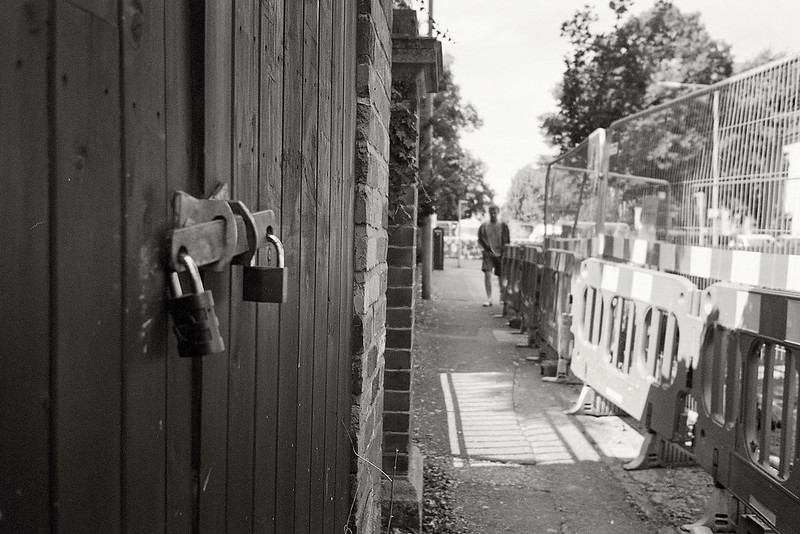
I attempted to focus on the lock and recomposed – It missed by a little bit …
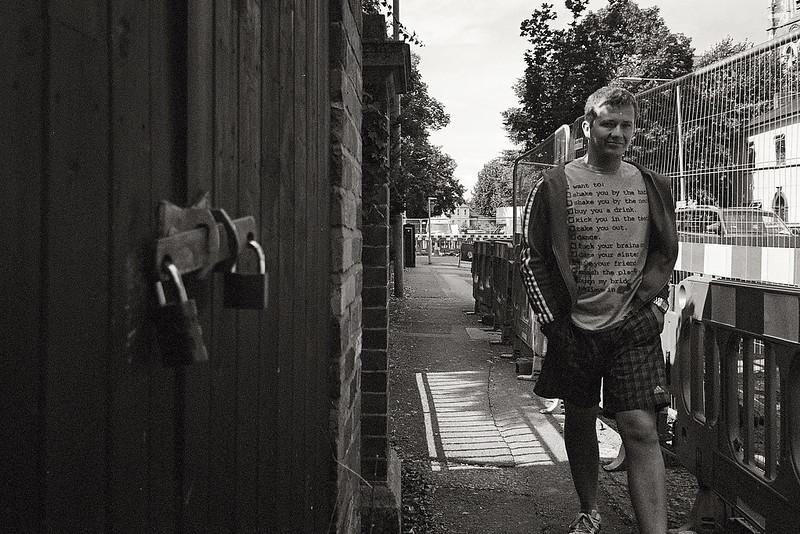
Focusing at a further distance.
I should add, on the subject of focusing, that although precision focusing in the case of the above example is maybe a little harder than I’d like, I generally find focusing very good, it rarely misses in “normal”, “snapshot” point and shoot situations.
Regular readers might be aware of my referring to cameras as ‘eager’ or otherwise with regard to the shutter release. The ultimate in eager is my Yashica T5, but the oly isn’t far behind, it certainly feels satisfyingly responsive. And despite the lens moving to focus after the fact, there is little discernible lag.
So what about that minimal feature set? Well, this is probably the area of biggest concern for most when it comes to the Olympus mju-ii! The minimal features are reset when the camera is switched off. So close the front hatch, and whatever the setting you have been working with are lost. This is most frustrating and most likely to cause issue with regard to the flash mode. When you open the Olympus mju-ii it is set to auto. like many others I prefer to shoot with the flash set to off and only switch it on when entirely necessary. So having to remember to switch it off every time you switch the Olympus mju-ii on can become a little tiring. Bare in mind though, this is not unusual… Most 35mm compacts of this era act similarly to the Olympus mju-ii. But because the likes of the Ricoh GR1 have features that are retained, it is regarded as a major shortcoming of the Oly… And I sort of agree! It’s just such a good camera in all other ways, a flash switch (a la GR1) would probably escalate this camera above all of its contemporaries. But as it stands there are other compact cameras that handle flash automation or otherwise better. The Ricoh FF90 springs to mind, the little button on the top that you can hold down to prevent the flash from activating is a very clever idea to my mind!
I have attempted to find a solution to this, but it’s not been entirely successful!
The Olympus mju-ii does attempt to redeem itself with regards to flash. It’s fill flash is very good, it has red eye reduction, slow sync (“night scene”) and even red eye and slow sync combined. And of course flash off.
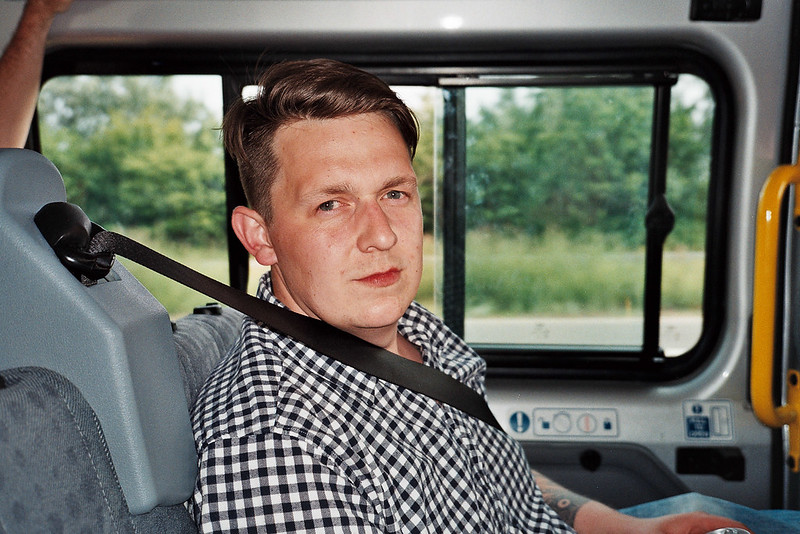
A bit of fill on this shot provided a very balanced exposure
Other features include a spot meter which is really aimed at (excuse the pun) backlit photography where the point of focus and the area you want to meter from are the same. The usual self timer and a mode for use with a remote… which I don’t have. There is also a “date” version… And that’s your lot for features!
So how is it in use? Well once you get used to switching the flash off (if that is indeed the way you are inclined), it’s pretty good! The hatch on the front is easy to open with one hand, the viewfinder does black out quite quickly when not viewed straight through but it manages to feel like it’s in the right place, so I can let it off that! The shape of it means that in holding it I’ve never felt like my finger is going near the lens. Yet despite this I somehow find it a little uncomfortable to hold, I’m not sure if it is the size, it’s slightly odd shape, it’s plastic construction or just because I have got used to my Ricoh GR1, but one way or another it’s not quite ergonomically correct. But then because of it being so small you don’t think twice about taking it out with you! Another notable attribute of the Olympus mju-ii is the noise it makes, it is undoubtedly one of the softer sounding cameras when its doing it’s winding or focusing! It does of course make a noise, but it’s a much more unobtrusive one than most other AF, motorised compact 35mm cameras than I have used (I am lead to believe that the Konica Hexar AF is the quietest, I’ve just not tried one yet.)
You might have gathered, I like the Olympus mju-ii, but also that it’s not a perfect fit for me. For me, I still feel the Yashica T5 is a better fit, but that might be down to the emotional attachment I have to it for getting me back into compact camera shooting. The Yashica, unless you’re lucky like I was, is an expensive camera by comparison. It’s also bigger and what “advantages” it offers in picture quality are definitely subjective.
So as I said because of its accessible price point, how easy they are to find, it’s features and it’s size it’s hard not to recommend! There really is no other camera that ticks all of those p&s boxes as well. Yes it might be a better camera with a flash switch (or memory for flash mode) and maybe a slightly better designed metal body… Why not add aperture priority to this hypothetical camera too? But then of course it would be a lot more expensive and competing with cameras like the Ricoh GR1…
By being what it is and nothing else it manages to provide just the right balance between features and cost!
I think that what I am trying to say is that yes, the Olympus mju-ii might not be the perfect camera… But nobody said it was… It is though, more than likely, the ultimate point & shoot. And with every ounce of respect to Olympus, alongside the Trip 35, it is another one of their models that every photographer should at very less put one roll of film through!
Here is a small selection of other recent images:

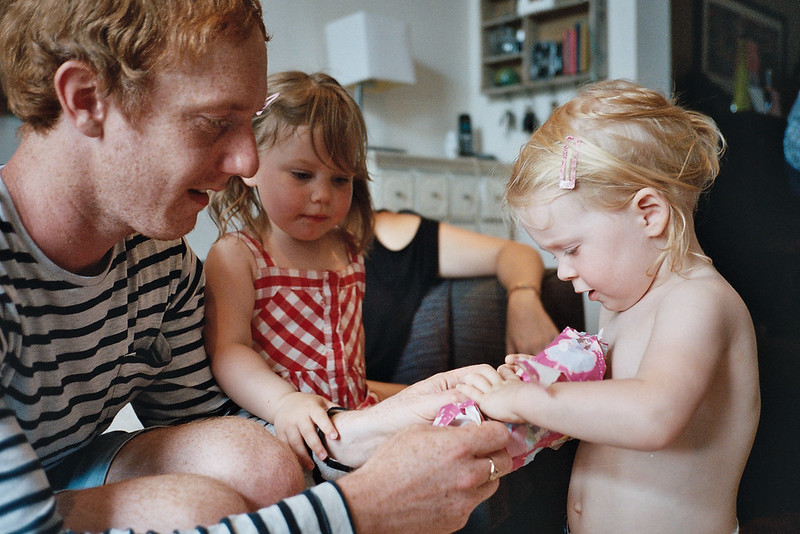
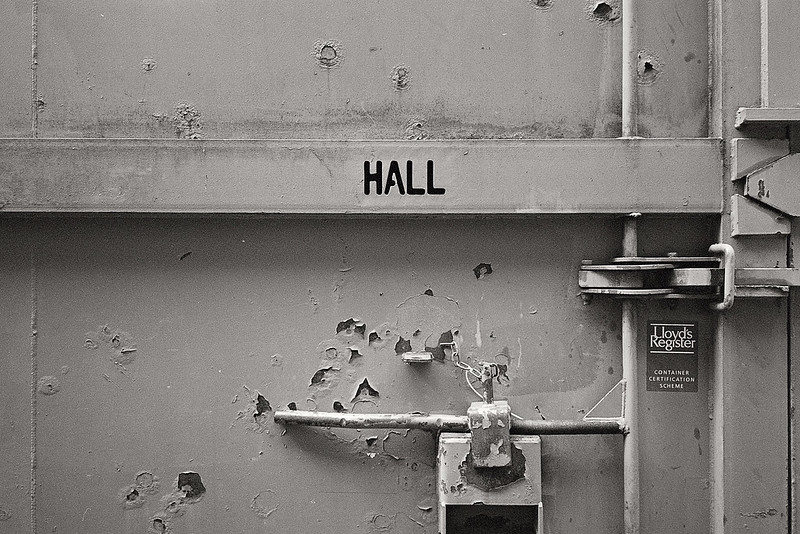
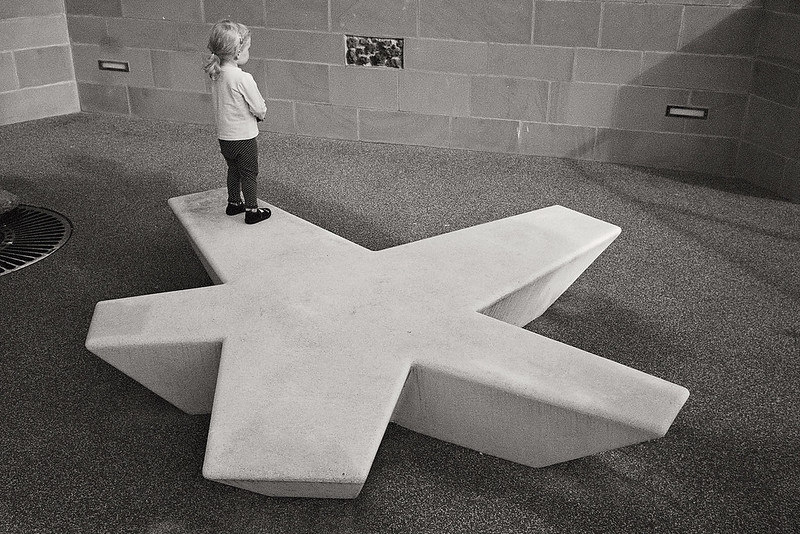
And here is the set on flickr that I will continue to update
Thanks for reading!
Hamish
Some useful links
My follow-up post can be found here
A review from Ming Thein
A review on Steve Huff’s site
flickr pool
Share this post:
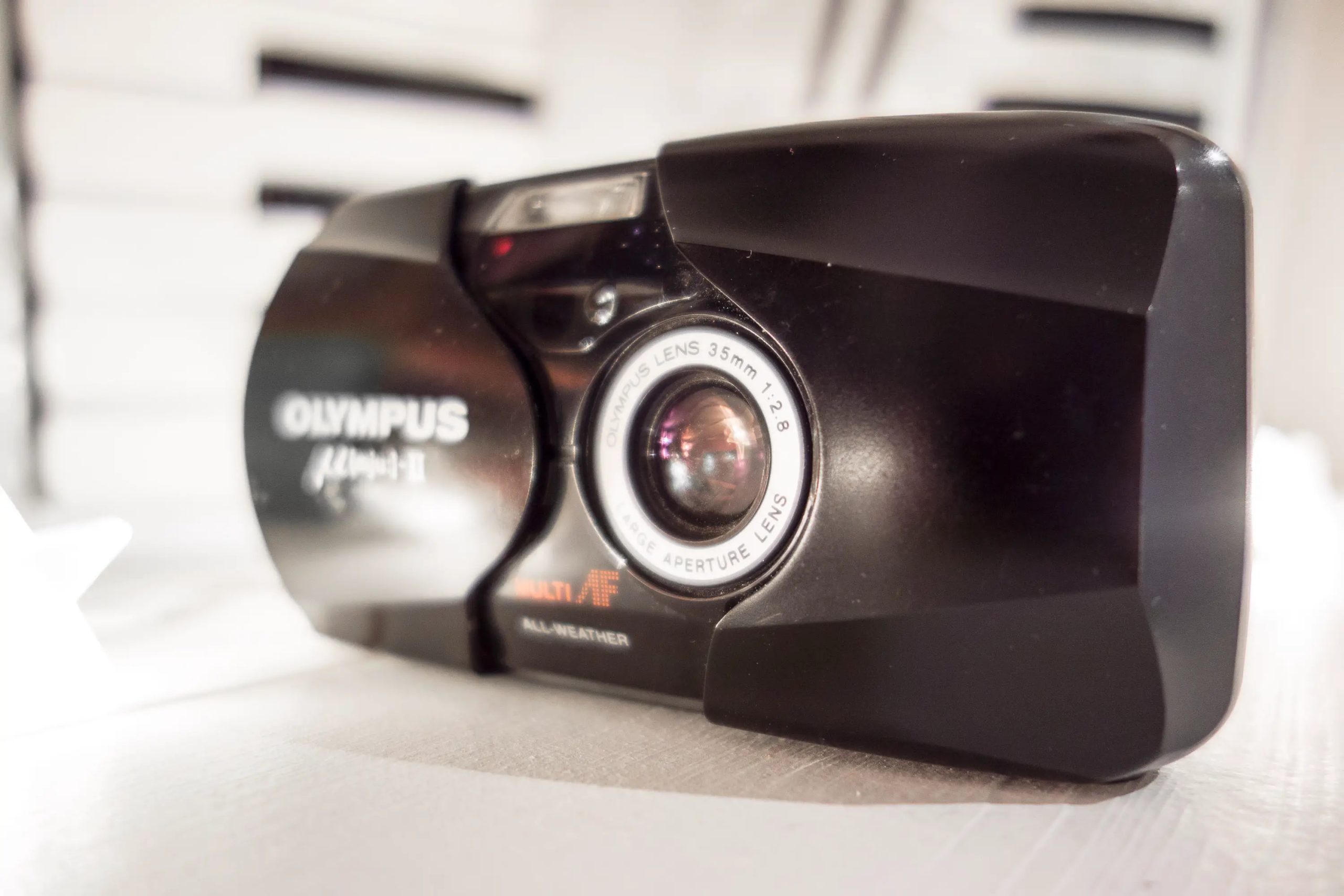








Comments
troy holden on Olympus mju-ii Review – Is It the Ultimate Point & Shoot? – By Hamish Gill
Comment posted: 30/08/2013
Comment posted: 30/08/2013
Comment posted: 30/08/2013
Comment posted: 30/08/2013
Comment posted: 30/08/2013
Comment posted: 30/08/2013
Alex on Olympus mju-ii Review – Is It the Ultimate Point & Shoot? – By Hamish Gill
Comment posted: 30/08/2013
jojonas on Olympus mju-ii Review – Is It the Ultimate Point & Shoot? – By Hamish Gill
Comment posted: 31/08/2013
ohyeah, but I DID have a few olympus mju ones and really liked how they fit in my hand but everyone was more or less functioning.
also the af trip mini was one of the cameras that I got into film photography with. not bad camera and very compact to boot. just got that back from a friend.
hm... what do I actually have now?
af trip mini
olympus trip 35 (needs new lube)
olympus trip ee-s
olympus trip ees 2
konica eu-mini
konica auto s3
pentax pc35 af
lomo lc-a
minolta af-c
pentax espio 120sw
maybe I should write a review or two? haha :D
Comment posted: 31/08/2013
John Ferebee on Olympus mju-ii Review – Is It the Ultimate Point & Shoot? – By Hamish Gill
Comment posted: 02/09/2013
I've had a curiosity about this little gem for a while now. I'm not sure I'll buy one but it's not because of your review; it's excellent.
Comment posted: 02/09/2013
MrzyQ on Olympus mju-ii Review – Is It the Ultimate Point & Shoot? – By Hamish Gill
Comment posted: 02/09/2013
Comment posted: 02/09/2013
Gary on Olympus mju-ii Review – Is It the Ultimate Point & Shoot? – By Hamish Gill
Comment posted: 05/09/2013
Comment posted: 05/09/2013
Alex Ward on Olympus mju-ii Review – Is It the Ultimate Point & Shoot? – By Hamish Gill
Comment posted: 05/12/2013
Comment posted: 05/12/2013
Kevin Allan on Olympus mju-ii Review – Is It the Ultimate Point & Shoot? – By Hamish Gill
Comment posted: 27/12/2013
I think the flash issue should not be too much of a problem - two quick presses of the flash button switch it off, which can be done in 1 second ... that's not to say I always remember though !
Comment posted: 27/12/2013
Kevin Allan on Olympus mju-ii Review – Is It the Ultimate Point & Shoot? – By Hamish Gill
Comment posted: 13/01/2014
Alex Weiss on Olympus mju-ii Review – Is It the Ultimate Point & Shoot? – By Hamish Gill
Comment posted: 26/09/2014
Comment posted: 26/09/2014
Comment posted: 26/09/2014
Comment posted: 26/09/2014
Ehpem on Olympus mju-ii Review – Is It the Ultimate Point & Shoot? – By Hamish Gill
Comment posted: 03/01/2015
Comment posted: 03/01/2015
Comment posted: 03/01/2015
Jason on Olympus mju-ii Review – Is It the Ultimate Point & Shoot? – By Hamish Gill
Comment posted: 21/04/2015
I picked up an MJU II a few weeks ago. Really dig it, but have a lot of problem with light leaks when using it in bright sun. I tried black taping the film window and door but got the same results. I can't figure out where it's coming from! Oh well, at least it's not my main camera. Also have a Nikon AF3 coming, hopefully no light leaks with that one! (enjoyed your review of that as well!)
Comment posted: 21/04/2015
Jason on Olympus mju-ii Review – Is It the Ultimate Point & Shoot? – By Hamish Gill
Comment posted: 22/04/2015
Comment posted: 22/04/2015
Comment posted: 22/04/2015
Jason on Olympus mju-ii Review – Is It the Ultimate Point & Shoot? – By Hamish Gill
Comment posted: 22/04/2015
Blinx on Olympus mju-ii Review – Is It the Ultimate Point & Shoot? – By Hamish Gill
Comment posted: 23/09/2015
3. The shape. Looks great but has the grip factor of soap in the bath. I took the neck rope off briefly to make the MjuII easier to carry in a pocket, and it was an accident waiting to happen.
2. The flash. Not a problem when you get used to pushing the button twice and par for the course on a P&S, but still inconvenient. It encourages you to set the camera and leave it open, which may or may not be ideal.
1. No override to the DX coding. Even compact cameras without manual exposure have rudimentary /- 1.5 stop "backlight" settings, meaning you can set 400 ISO film at 1000, but not the Olympus. This is even more of a problem as the lens hangs on to f2.8 as long as possible, meaning what should be a perfect street photography camera is just so-so.
Comment posted: 23/09/2015
Blinx on Olympus mju-ii Review – Is It the Ultimate Point & Shoot? – By Hamish Gill
Comment posted: 24/09/2015
Comment posted: 24/09/2015
Christos Theofilogiannakos on Olympus mju-ii Review – Is It the Ultimate Point & Shoot? – By Hamish Gill
Comment posted: 14/10/2015
Comment posted: 14/10/2015
Dan James on Olympus mju-ii Review – Is It the Ultimate Point & Shoot? – By Hamish Gill
Comment posted: 02/11/2015
For me the mju ii has two of these. It is simply far too slippery and difficult to handle - I almost dropped mine half a dozen times shooting a single roll (I can't recall ever actually dropping another camera and damaging it). Plus that small viewfinder is just too much of an annoyance when virtually all of the earlier era compacts have so much bigger and more pleasurable VFs. You're never going to get the immersion of experience of a calssic SLR with a big VF like a Pentax MX in a compact, but I still like to have some sense of being lost in a different world when I look through a camera's VF. You can;t get that if it's too small and squinty. Yes I do love the compact size of the mju ii, but something like the XA or XA2, mju i or underrated Canon MC are just as pocketable and all with much better handling and VFs.
Comment posted: 02/11/2015
Comment posted: 02/11/2015
Comment posted: 02/11/2015
Comment posted: 02/11/2015
Neilson on Olympus mju-ii Review – Is It the Ultimate Point & Shoot? – By Hamish Gill
Comment posted: 25/02/2016
The drawbacks for me are:
The film advance is incredibly loud. I do a lot of street photography and you cannot take a photo unnoticed with this camera.
The autofocus means that you can't shoot through glass.
The metering can be weird. I don't know if it's just the one I have, but it seems to be in a spot meter mode. If the crosshairs are on a dark patch of an otherwise very bright scene, the camera wants to fire the flash.
Having to disable the flash every time you open the camera. I've lost shots because of this.
That said, I always want to have one because the camera is small and weighs nothing, the lens is fantastic and it's weather resistant. If I'm going out and it's raining or snowing, this is the camera I always bring with me. I always bring it on trips for this same reason.
Comment posted: 25/02/2016
Comment posted: 25/02/2016
Mark on Olympus mju-ii Review – Is It the Ultimate Point & Shoot? – By Hamish Gill
Comment posted: 11/04/2016
My grandmother owned one of these in the late 1990's; she was a keen photographer of family pictures and kept many family albums. When she passed away in 2004 I managed to save this camera from ending up in the charity box. It's the only physical memory I have of her. At the time I was in my early 20's and experimenting with digital photography. However I liked the camera, filled it up with some B&W film and used for a couple of weeks taking photos of friends, parties and such.
Move on another 12 years and I found this camera when clearing the attic of my childhood home. It had some film in it, and some unused rolls next to it. Following the advice of Dutch photographer Aarsman ( http://bit.ly/1S1pk1a ) I try to throw away as much old stuff from the attic as possible, but not before taking a photo of it. So now I use the remembrance of my Grandmother (the camera) to take photos as new remembrances. I feel like it's a nice full circle.
Sisi on Olympus mju-ii Review – Is It the Ultimate Point & Shoot? – By Hamish Gill
Comment posted: 17/04/2016
Comment posted: 17/04/2016
Mel Zemourit on Olympus mju-ii Review – Is It the Ultimate Point & Shoot? – By Hamish Gill
Comment posted: 18/05/2016
Great review btw : )
Comment posted: 18/05/2016
Heiko on Olympus mju-ii Review – Is It the Ultimate Point & Shoot? – By Hamish Gill
Comment posted: 25/11/2016
Comment posted: 25/11/2016
Comment posted: 25/11/2016
Comment posted: 25/11/2016
Taylor in NOLA on Olympus mju-ii Review – Is It the Ultimate Point & Shoot? – By Hamish Gill
Comment posted: 03/01/2017
Harry on Olympus mju-ii Review – Is It the Ultimate Point & Shoot? – By Hamish Gill
Comment posted: 02/03/2017
Horatiu on Olympus mju-ii Review – Is It the Ultimate Point & Shoot? – By Hamish Gill
Comment posted: 20/03/2017
Comment posted: 20/03/2017
Horatiu on Olympus mju-ii Review – Is It the Ultimate Point & Shoot? – By Hamish Gill
Comment posted: 21/03/2017
Horatiu on Olympus mju-ii Review – Is It the Ultimate Point & Shoot? – By Hamish Gill
Comment posted: 21/03/2017
Niels on Olympus mju-ii Review – Is It the Ultimate Point & Shoot? – By Hamish Gill
Comment posted: 02/05/2017
I am still searching for the right MJU II 35mm. I see a lot of people offering the 'zoom' versions.
How are those camera's in comparison with the 35mm.
Please help.
Thanks in advance,
Niels
Comment posted: 02/05/2017
Comment posted: 02/05/2017
Paula on Olympus mju-ii Review – Is It the Ultimate Point & Shoot? – By Hamish Gill
Comment posted: 28/06/2017
Thank you! Thank you! Thank you!!
I just loaded the first film in a "new" old mju and was nervous if the AF might be broken - because of the silence when I half-press the shutter button.
So again, thank you! For this very helpful review.
On my way to the lake disctrict in Austria with 3 rolls of Fuji Superia and a mju (140mm). :-)
best,
Paula
Comment posted: 28/06/2017
EtudeImaging on Olympus mju-ii Review – Is It the Ultimate Point & Shoot? – By Hamish Gill
Comment posted: 14/08/2017
A little unsolicited advice: please get your "its vs. it's" straight. You are all over the place with them and for those of us that expect writers to know the difference your review is supremely annoying to read.
Comment posted: 14/08/2017
street photography on Olympus mju-ii Review – Is It the Ultimate Point & Shoot? – By Hamish Gill
Comment posted: 01/10/2017
Scott on Olympus mju-ii Review – Is It the Ultimate Point & Shoot? – By Hamish Gill
Comment posted: 17/10/2017
Pretty sure they didn't cost that much when they were new.
Comment posted: 17/10/2017
Neilson on Olympus mju-ii Review – Is It the Ultimate Point & Shoot? – By Hamish Gill
Comment posted: 18/10/2017
E on Olympus mju-ii Review – Is It the Ultimate Point & Shoot? – By Hamish Gill
Comment posted: 01/11/2017
Comment posted: 01/11/2017
BORDEAUX TO BIARRTZ | FRANCE ON FILM – Alice Catherine on Olympus mju-ii Review – Is It the Ultimate Point & Shoot? – By Hamish Gill
Comment posted: 06/05/2018
Simon O’Brien on Olympus mju-ii Review – Is It the Ultimate Point & Shoot? – By Hamish Gill
Comment posted: 11/01/2019
Thinking about spending a stack of cash on a film camera? Read this first! - 35mmc on Olympus mju-ii Review – Is It the Ultimate Point & Shoot? – By Hamish Gill
Comment posted: 22/01/2019
The Olympus mju-ii - great camera, but to expensive for what it is! - 35mmc on Olympus mju-ii Review – Is It the Ultimate Point & Shoot? – By Hamish Gill
Comment posted: 18/03/2019
The Olympus Mju ii & Kodak T-MAX 400: Lessons from The Forgotten Ones - by Jon YK Lee - 35mmc on Olympus mju-ii Review – Is It the Ultimate Point & Shoot? – By Hamish Gill
Comment posted: 30/03/2019
Olympus Mju II – Anthony Pearson, photographer on Olympus mju-ii Review – Is It the Ultimate Point & Shoot? – By Hamish Gill
Comment posted: 05/04/2019
50 Favourite Film Cameras: 50 to 11 - Kosmo Foto on Olympus mju-ii Review – Is It the Ultimate Point & Shoot? – By Hamish Gill
Comment posted: 15/04/2019
Ricoh GR1s review - Kosmo Foto on Olympus mju-ii Review – Is It the Ultimate Point & Shoot? – By Hamish Gill
Comment posted: 15/04/2019
Kosmopedia: Yashica T4/T5 - Kosmo Foto on Olympus mju-ii Review – Is It the Ultimate Point & Shoot? – By Hamish Gill
Comment posted: 15/04/2019
Vancouver to Portland, on 35mm | blog.walker.kim on Olympus mju-ii Review – Is It the Ultimate Point & Shoot? – By Hamish Gill
Comment posted: 04/04/2020
The lure of the uncomplicated camera - 35mmc on Olympus mju-ii Review – Is It the Ultimate Point & Shoot? – By Hamish Gill
Comment posted: 06/04/2020
Olympus Stylus Epic Zoom 115 Review - Elegant by Design - By Thang Nguyen - 35mmc on Olympus mju-ii Review – Is It the Ultimate Point & Shoot? – By Hamish Gill
Comment posted: 23/06/2020
Vivid Velvia: Ten Fujifilm landscape photographs scanned after a quarter century and just ready for the wall - Macfilos on Olympus mju-ii Review – Is It the Ultimate Point & Shoot? – By Hamish Gill
Comment posted: 02/12/2022